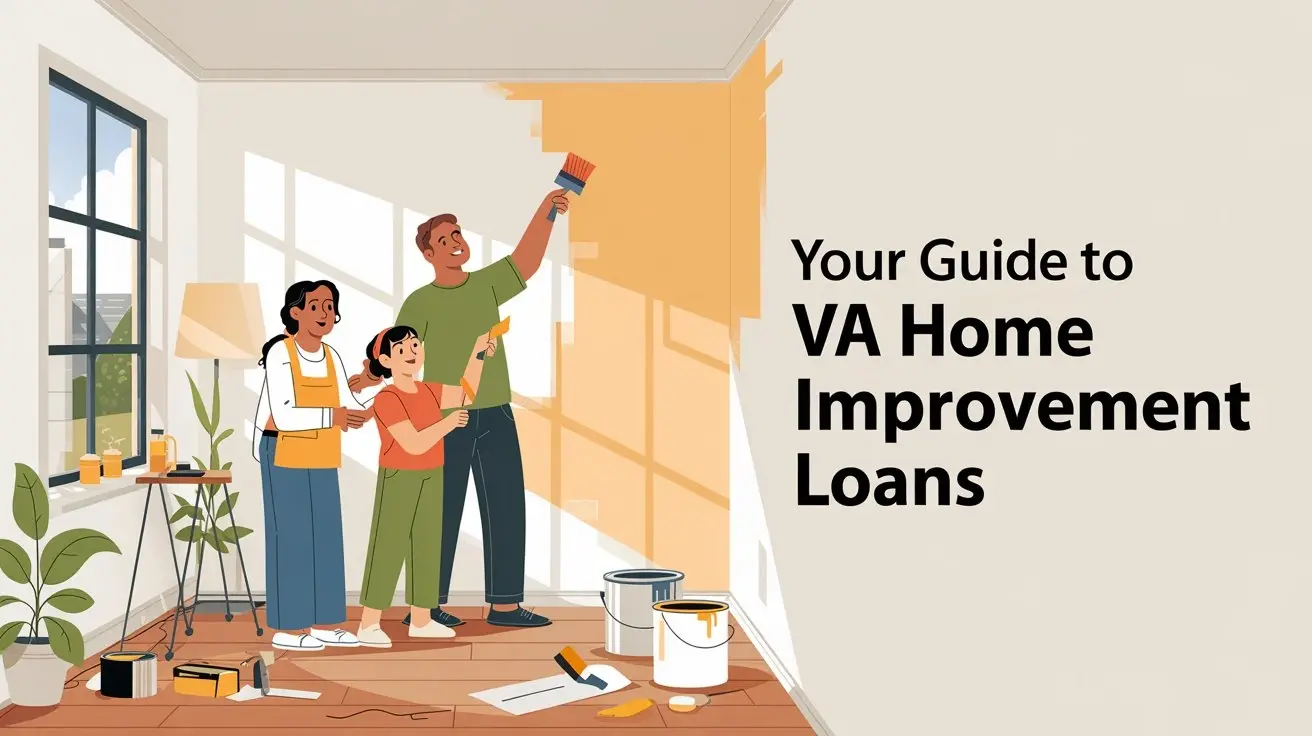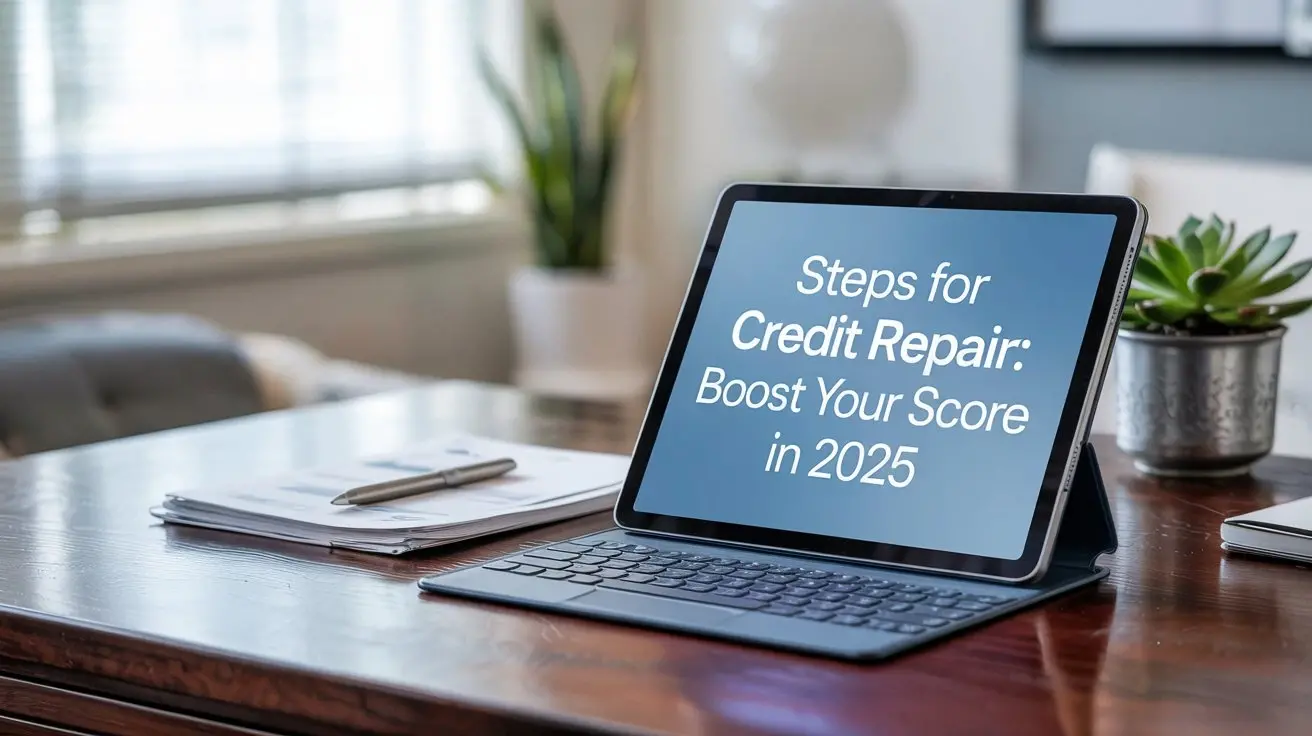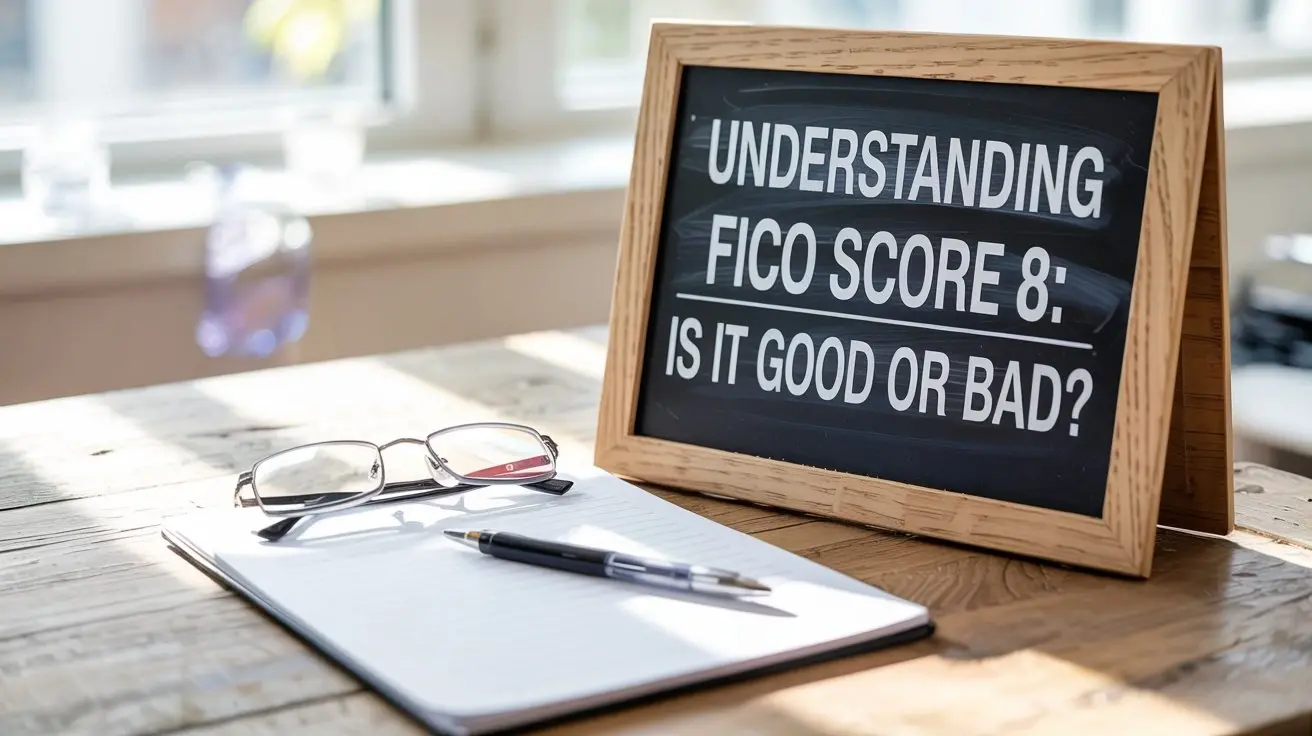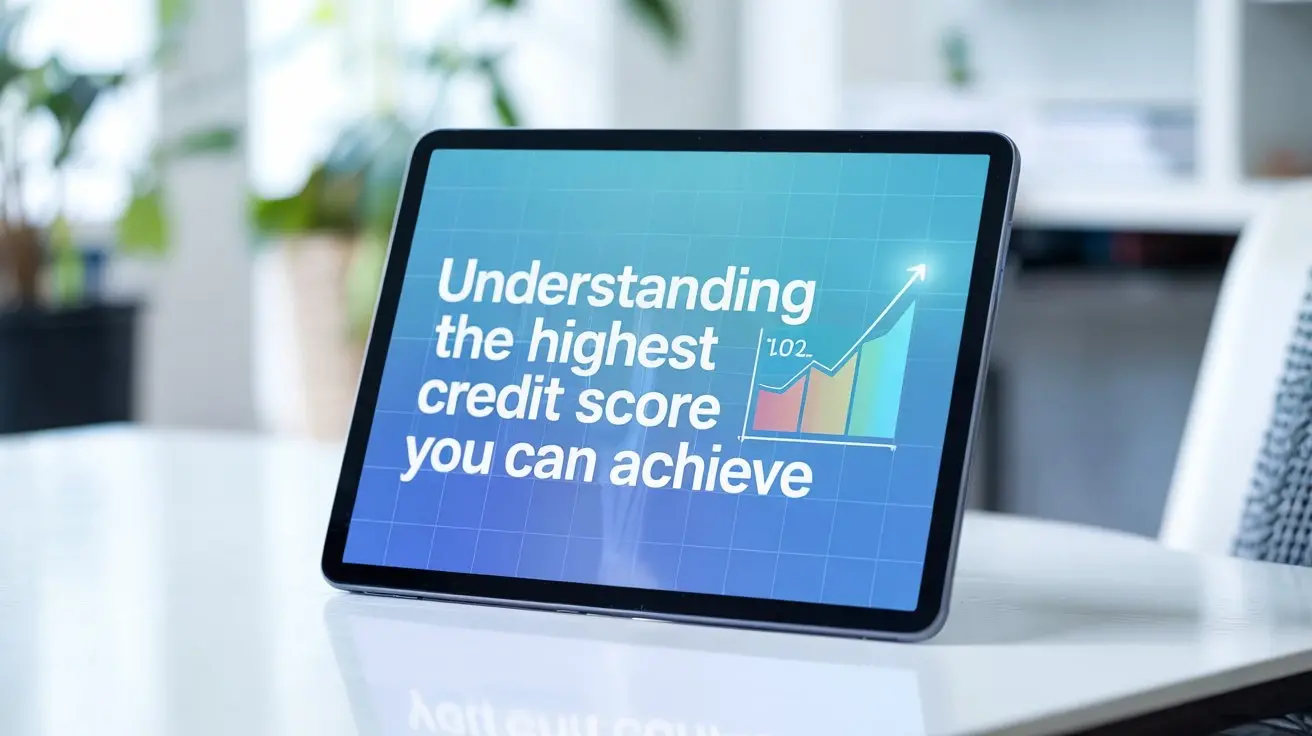-
Posted on: 25 Jul 2024
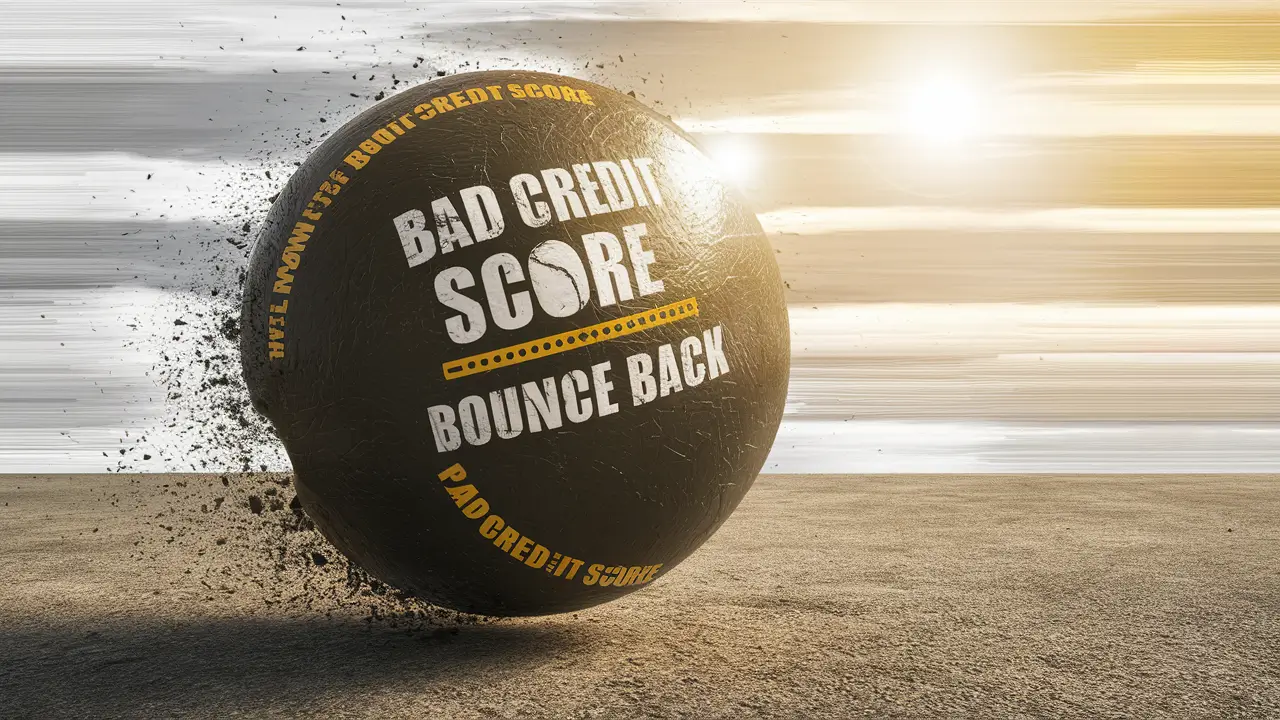
-
A bad credit score can feel like a major setback, impacting your ability to secure loans, rent an apartment, or even get approved for certain jobs. But don't despair! Rebuilding your credit is possible with dedication and a strategic approach. This comprehensive guide will walk you through the steps you can take to improve your credit score and achieve your financial goals.
Understanding Your Credit Score
Before you can start repairing your credit, it's crucial to understand what constitutes a credit score and what factors influence it. Your credit score is a three-digit number that represents your creditworthiness. It's calculated based on information in your credit reports, which are maintained by credit bureaus like Equifax, Experian, and TransUnion.
Factors Affecting Your Credit Score
The most common credit scoring model is FICO, and it weighs the following factors:
- Payment History (35%): This is the most significant factor. Paying your bills on time, every time, is crucial. Late payments, even by a few days, can negatively impact your score.
- Amounts Owed (30%): This refers to the amount of debt you have compared to your available credit, also known as credit utilization. Ideally, you should keep your credit utilization below 30% on each card.
- Length of Credit History (15%): The longer your credit history, the better. Having a mix of older and newer accounts is generally beneficial.
- Credit Mix (10%): This refers to the types of credit accounts you have, such as credit cards, auto loans, and mortgages. Having a diverse mix can be a positive factor, but it's not essential.
- New Credit (10%): Opening too many new accounts in a short period can lower your score. Lenders may see this as a sign of financial instability.
Step-by-Step Guide to Rebuilding Your Credit
Now that you understand the factors affecting your credit score, let's dive into the steps you can take to rebuild it:
1. Check Your Credit Reports
The first step is to obtain copies of your credit reports from all three major credit bureaus (Equifax, Experian, and TransUnion). You can get a free copy of your credit report from each bureau annually through AnnualCreditReport.com. Carefully review each report for errors, inaccuracies, and fraudulent activity. This is the foundation of your credit repair journey.
Disputing Errors
If you find any errors on your credit reports, dispute them directly with the credit bureau. You'll need to provide documentation to support your claim. The credit bureau has 30 days to investigate the dispute and update your report accordingly. Common errors include:
- Incorrect account balances
- Accounts that don't belong to you
- Late payments that were actually made on time
- Duplicate accounts
2. Pay Your Bills on Time
As payment history accounts for 35% of your FICO score, making timely payments is paramount. Set up automatic payments for all your bills to ensure you never miss a due date. If you're struggling to make payments, contact your creditors to discuss potential hardship programs or payment plans.
3. Reduce Your Credit Utilization
Credit utilization, the amount of credit you're using compared to your available credit, makes up 30% of your FICO score. Aim to keep your credit utilization below 30% on each credit card. For example, if you have a credit card with a $1,000 limit, try to keep your balance below $300. To reduce your credit utilization, you can:
- Pay down your balances
- Request a credit limit increase (without incurring a hard inquiry)
- Open a new credit card (responsibly)
4. Consider a Secured Credit Card
If you have difficulty getting approved for a traditional credit card due to your bad credit, consider a secured credit card. With a secured credit card, you'll provide a cash deposit as collateral. The deposit typically serves as your credit limit. Using a secured credit card responsibly and making timely payments can help you rebuild your credit.
5. Explore a Credit-Builder Loan
A credit-builder loan is another option for individuals with bad credit. With this type of loan, you make payments to a lender over a set period, and the lender reports your payment history to the credit bureaus. The loan proceeds are often held in a savings account until the loan is repaid. This allows you to build credit without immediately accessing the funds.
6. Become an Authorized User
Ask a trusted friend or family member with good credit to add you as an authorized user on their credit card. As an authorized user, you'll benefit from their positive payment history, which can help boost your credit score. However, keep in mind that their responsible credit card usage is crucial; any missed payments or high balances can negatively impact your credit as well.
7. Be Patient and Persistent
Rebuilding credit takes time and effort. Don't get discouraged if you don't see results immediately. Consistency is key. Continue making timely payments, keeping your credit utilization low, and monitoring your credit reports regularly. Over time, your credit score will gradually improve.
8. Avoid Credit Repair Scams
Be wary of companies that promise to fix your credit quickly for a fee. These companies often make unrealistic promises and may engage in illegal activities. You can repair your credit yourself by following the steps outlined in this guide. There's no magic bullet, and paying someone to do what you can do yourself is often a waste of money.
Debt Management Strategies
Managing your debt effectively is an integral part of rebuilding your credit. Here are some debt management strategies to consider:
Budgeting
Create a budget to track your income and expenses. This will help you identify areas where you can cut back on spending and allocate more money towards debt repayment. There are numerous budgeting apps and tools available to help you get started.
Debt Snowball Method
The debt snowball method involves paying off your smallest debt first, regardless of the interest rate. This provides a quick win and motivates you to continue paying off your debts. Once the smallest debt is paid off, you move on to the next smallest debt, and so on.
Debt Avalanche Method
The debt avalanche method involves paying off your debt with the highest interest rate first. This saves you money in the long run by minimizing the amount of interest you pay. This method requires more discipline, as you might not see immediate results, but it's the most financially efficient approach.
Debt Consolidation
Debt consolidation involves taking out a new loan to pay off your existing debts. This can simplify your payments and potentially lower your interest rate. However, be sure to compare interest rates and fees before consolidating your debt, as it's not always the best option.
Credit Counseling
Consider seeking assistance from a non-profit credit counseling agency. A credit counselor can help you develop a budget, negotiate with creditors, and create a debt management plan. Be sure to choose a reputable agency that's accredited by the National Foundation for Credit Counseling (NFCC).
Long-Term Credit Building
Rebuilding your credit is an ongoing process. Once you've improved your credit score, it's essential to maintain good credit habits for the long term. This includes:
- Continuing to pay your bills on time
- Keeping your credit utilization low
- Monitoring your credit reports regularly
- Avoiding unnecessary debt
- Maintaining a diverse mix of credit accounts (if appropriate)
